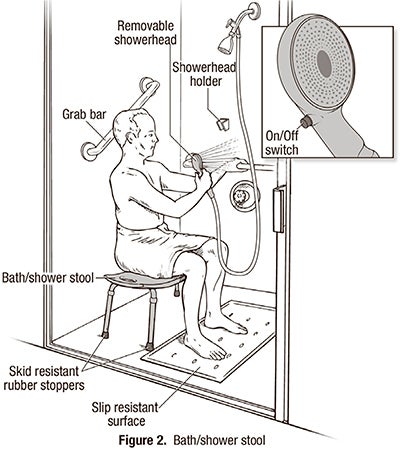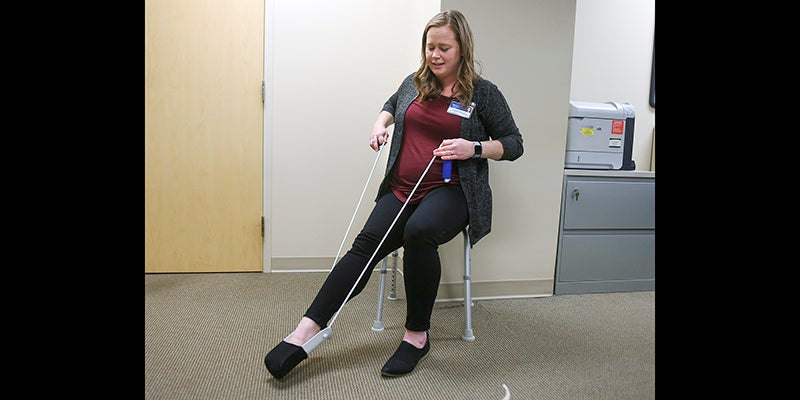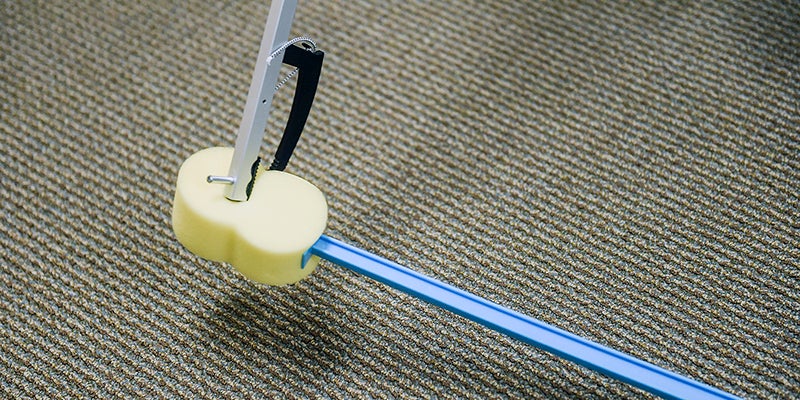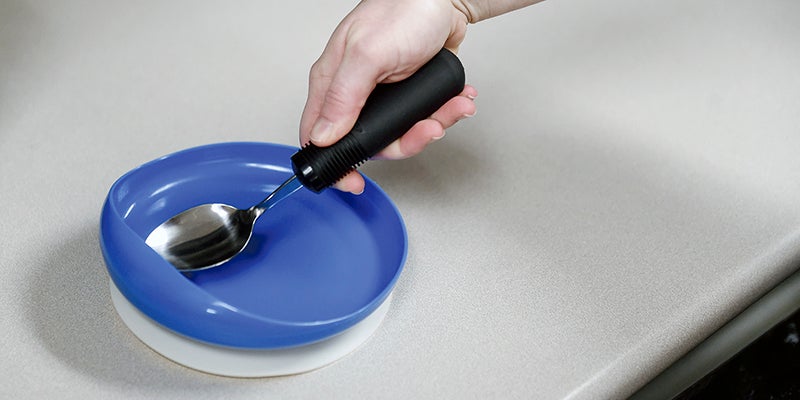Senior Living: Program helps avoid the threat of falls
Published 5:49 pm Tuesday, October 18, 2022
|
Getting your Trinity Audio player ready...
|
A very real part of aging is the threat of falling, a threat that is oftentimes exasperated by dangers within people’s own homes.
However, a program within Mayo Clinic seeks to help people avoid falling and in a worse case scenario of a fall, how to recover and continue living their best life possible.
Sami Plaehn, occupational therapist at Mayo Clinic Health Systems-Austin is one of three occupational therapists in Austin who will go into people’s homes to look at the layout and point out not only risks, but possible solutions to avoiding a fall, which can have long-reaching effects.
“It can be a big life-changing thing,” Plaehn said. “First there is the fear of falling. That alone brings a cautious aspect to their life. Then there’s what happens if you fall. There’s the injury, the future fear can be even greater and then how it changes their day-to-day life.”
The program includes a path to remedying possible fall risks as well as taking people through steps to remain strong and cope with things like anxiety and depression that might arise after a fall.
Plaehn urges people to first start by seeking out health practices that can take a preventative approach to falling.
“In addition to preparing your home you can prepare your body. Set your body up ahead of time,” she said. “That might be some strengthening programs and balancing programs as early as we can so that we limit falls in the future.”

An example of what a safe bathroom might look like.
Provided by Mayo Clinic
As people retire, there is the tendency to be home more and some of that is spending more time inactive and in turn losing muscle strength.
However, Plaehn said that one doesn’t necessarily need a rigorous workout routine to stay in shape. A walk or even standing while making a meal are good ways to help stay active and keep muscle strength where it needs to be as we age.
But there are also simple exercises that people can do while at home. Some of those include:
• Standing from a sitting position while trying to avoid using your arms, though, even using arms can help maintain strength.
• Work on sitting slowly in order to maintain strength in those muscles used in the process.
• Stand at a counter top and do little squats.
• Kick your legs up and down during commercials.
“Any little things you can do moving about or sitting in your chair with exercises and kicks,” Plaehn said. “It’s all going to be beneficial.”
However, the program really thrives when occupational therapists go into the home to begin the process of making a home safer.
The process can include any number of things ranging from floors to safety equipment.
“That means equipment recommendations, moving things around so you can fit equipment like a walker or cane better in the environment or even a wheelchair fitting through the living environment better,” Plaehn said.
“We’re first looking for some of the big fall risks, things happening in the home,” she continued. “Lots of scatter rugs can be a fall risk, different changes in flooring. Handrails, how accessible is your main living environment?”
The occupational therapists will look at each room in the house as part of the process, including rooms like the bathroom that can include anything from stools to assist in bathing or handrails to assist getting in and out of a bath or shower.
However, one of the most important aspects is working directly with the patient.
“Then we also ask the patient, ‘what is your concern; what is hardest for you right now?’” Plaehn said. “How can we help you through that?”
The therapists can recommend various avenues through the process to make the home safer.
Ultimately, the goal is help patients not only remain safe in their homes, but help them stay in their homes. That means a thorough approach throughout the entire process, beginning to end.
“That’s our favorite part of the job; getting to know our patients and truly help them reach the goals they want to reach,” Plaehn said. “Let’s work on some balancing and strength. Let’s get you in the clinic and see a physical therapist and let’s have me return after you’ve had more therapy and see how things are going now in the home. Are there more modifications we need?”
An important part of that goal is addressing any mental health concerns. The ramifications after the fall as well as fears of what another fall can bring can put stresses on the patient.
Plaehn said that mental health is always a part of the process.
“I actually have patients come in sometimes that mention anxiety or depression, even if it’s related to their independence or not,” she said. “We can come up with some coping strategies.”
The end result can be people staying in their home longer and continuing to live an independent life.
“If you are pro-active and take care of your health and take care of your strength and you balance your ability to move about as independently as you can, I think that prolonged living in the home environment helps with the mental health aspect too,” Plaehn said. “That’s ultimately what patients want.”







